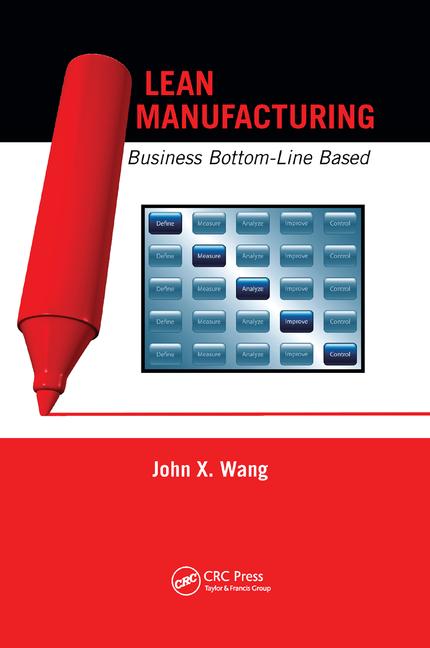Motivational leadership encourages lean thinking to develop with only a modest investment in formal programs. Malignant leadership is fatal to lean.
"Lean thinking" began attracting attention in the early 1990s. Is lean just a gimmick that management junkies believe will make up for leadership failure? Or does lean offer real value to the enterprise, employees, customers and shareholders?
The concept of lean is, simply put, the elimination of waste in the enterprise. This is certainly a noble concept and one that any right-thinking person would not dispute. In fact, lean is nothing more than the integrated, disciplined application of sound, long-established industrial engineering practices and techniques to all business functions within a framework of knowledgeable, enlightened and motivated direction and leadership. Unfortunately, it is the leadership necessary for lean success that is often lacking.
If you believe today's experts, lean is relatively new, with its roots traceable to the Toyota Production System, first presented to the public in the early 1980s. Far from being new, however, the concepts of lean were initially formulated more than 100 years ago and can be traced directly to the often maligned and misunderstood work of Frederick Taylor. His theory of scientific management-the precursor of modern industrial engineering-was published in the 1880s. And unlike many of today's experts, Taylor paid his dues on the shop floor and moved up through production operations to chief engineer. Of his contributions to industrial engineering, Peter Drucker says, "Few figures in intellectual history have had a greater impact than Taylor."
Unquestionably, the key to lean success is the quality of leadership at the top of the organization. If the leadership style is motivational, the environment will be in place for lean thinking to develop with only a modest investment in formal programs. But if leadership is malignant, lean will fail, regardless of the investment made in the process. Art Byrne, the CEO at Wiremold during a successful lean implementation, stated recently that the CEO must lead the lean effort or it will be a waste of time. He goes on to say that lean must be a central business philosophy and not something that is simply thrown out to the "manufacturing guys."
In practice, lean is usually limited to the factory. It is rarely applied to the bloated overhead functions, where it should be applied first. Lean leadership from the top of the organization is often ineffective. The leadership that is so critical to lean success cannot be "injected" into an organization, like an antibiotic to "cure" the same group of leaders who created the problems. Nor can it simply be installed like a new accounting system. Lean success ultimately relies on leadership capability and focus. More often than not, these characteristics are lacking, limiting the effectiveness of a lean manufacturing program.
A lean initiative can be made more effective if a leadership team takes ownership and maintains the focus and commitment necessary to see it through. Unfortunately, knowing how to lead is very different from actually leading and, more importantly, believing in the leadership behaviors being practiced. Based on the generally dismal leadership I see in business, I have reached the conclusion that the lean approach, with all of its potential benefits, will fail more times than it succeeds.
This is regrettable, because lean is not a gimmick. Lean offers real value. Lean can provide significant, sustainable performance improvement. So do not hesitate to give lean a try. But do recognize that your ultimate success will depend as much on organizational leadership as it will on how effectively you apply the tools. Lean will only be as strong as the leadership foundation upon which it is built.


